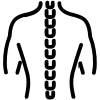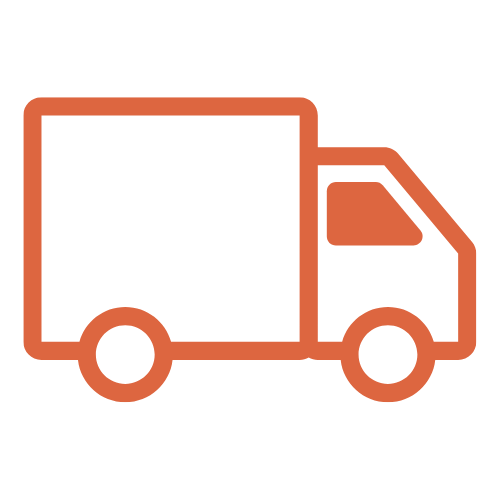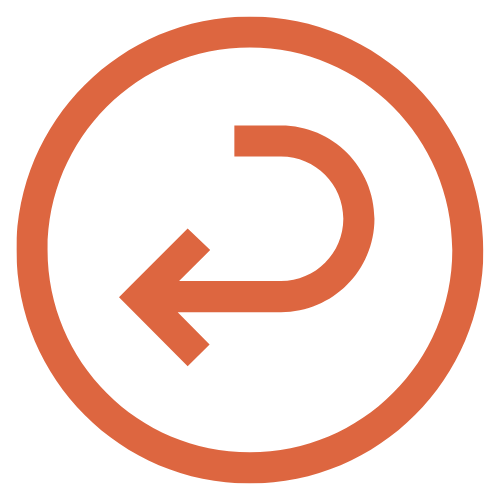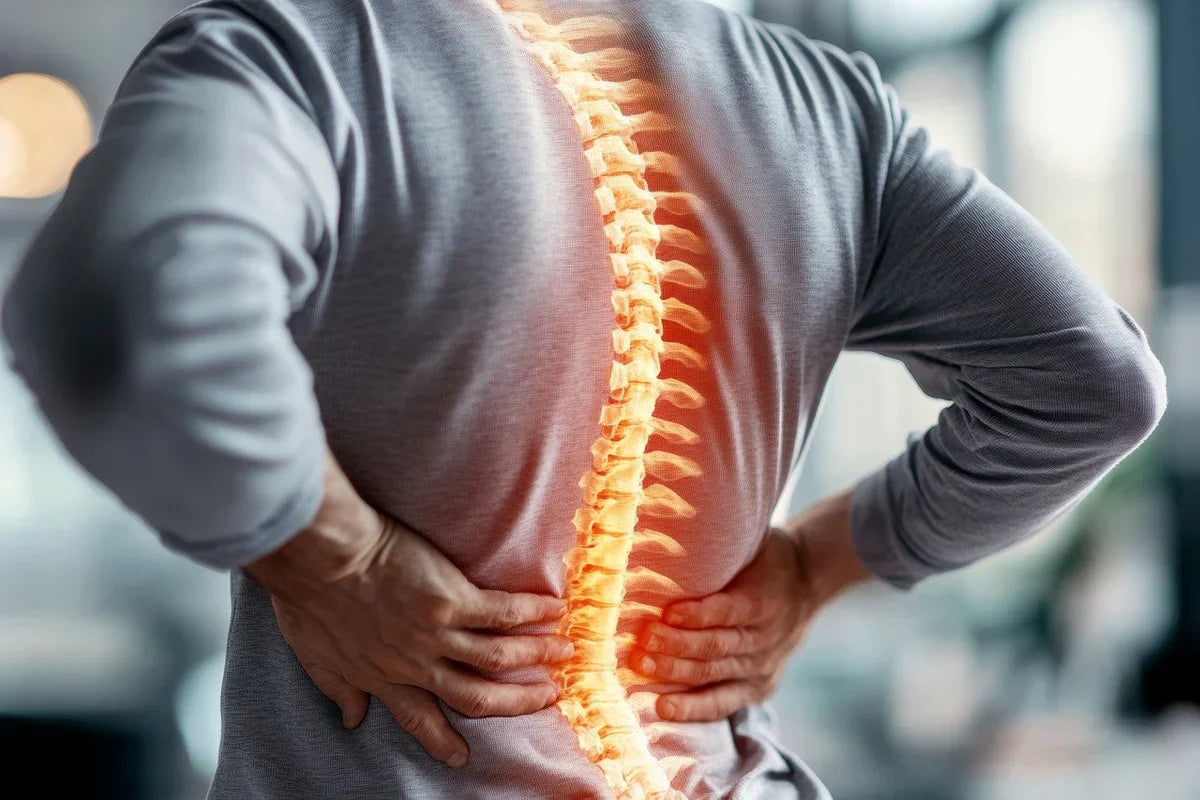Not all back pain is created equal. When you’re suffering from aches and pains, it isn’t always easy to pinpoint the exact cause. Though we hear more often about back pain linked to spinal problems, many people also deal with pain that originates in the muscles. Is your pain caused by muscular tension, joint issues, or a damaged spinal disk? Read on to learn how to identify your pain’s source—and how to relieve it, no matter the cause.
How Do I Know If My Back Pain is Muscular?
Identifying the root of your back pain isn’t as complicated as it seems. Paying attention to your symptoms can point you in the right direction. Muscular back pain is generally linked to tension in muscle tissue rather than to problems in deeper structures like disks or joints. By listening to your body, you can more easily pinpoint your pain’s source and find solutions that work for you.
Pain Localized in the Muscles
Muscular back pain usually manifests as pain localized in a precise region of the back. As opposed to back pain caused by nerves or other issues, the discomfort doesn’t travel the length of your spine or down your arms or legs. If your pain is concentrated in certain areas—for example, in the lower back after you’ve lifted something heavy—it’s probably muscular. Pay attention to these signs to avoid worsening the situation.
Acute or Shooting Pains
Muscular back pain can vary in intensity. You may feel an acute pain after making an awkward movement or feel an intense cramp while exercising. This pain can sometimes transform into a more persistent stabbing sensation, especially if it isn’t treated quickly enough. These uncomfortable feelings are often caused by inflammation or excessive tension in the muscles.
Sensitivity to Touch
Another distinctive sign of muscular back pain is sensitivity to touch. When you press on the area, you’ll feel discomfort, and the pain may even worsen. This tenderness is due to swelling or muscle spasms, both of which are common with these types of pain. This sensitivity can help differentiate muscular pain from problems linked to the spinal cord.
Lack of Pain in the Joints or Disks
Muscular back pain doesn’t usually affect deeper body structures like the joints or interspinal disks. If daily movements, like sitting down and standing back up, don’t cause you to feel “stuck” or stiff, then it’s more likely that your back pain is muscular. This criteria is essential for understanding the nature of your back pain.
What Makes Muscular Back Pain Different From Other Kinds of Back Pain?
Distinguishing muscular back pain from other kinds of back pain isn’t always easy. However, knowing their differences can help you determine if your pain is purely muscular or linked to other, more complex problems.
Muscular Back Pain vs. Pain Caused by Spinal Disks
A pain that finds its source in your spinal disks, like a discal hernia, will often radiate into the legs or arms as a result of nerve compression. On the other hand, muscular back pain remains localized and is rarely associated with numbness or tingling. If you notice that your pain is confined to your muscles, it’s very likely muscular.
Muscular Back Pain vs. Nerve Pain
Sciatica and other kinds of nerve pain are generally characterized by burning sensations or shooting pains all along the nerve. Muscular back pain, however, is concentrated just in the muscle tissues and doesn’t affect the nerve endings. Distinguishing these two can help guide you towards more targeted, effective treatment.
Other Causes of Back Pain
Back pain can have many possible causes, including a fracture, an infection, or a chronic inflammatory illness. In these cases, you’ll tend to have additional symptoms, like fever and swelling. On the other hand, muscular back pain is generally linked to muscle tensions or injuries without more serious complications. Learn more about back pain severity.
Common Causes of Muscular Pain in the Lower Back
Some habits can make you more likely to develop muscular back pain. Paying attention to your own habits—and changing them when necessary—can help you relieve or prevent these troubles.
Bad Posture or Repetitive Movements
Bad posture, whether you’re sitting or standing, overloads the lower back muscles and can lead to tension. Similarly, repetitive motions—for example, at work or when exercising—wear out the muscles, causing pain. Proper form and alignment is essential to limiting these risks and preventing muscular back pain. Click here to know more about adopting a good posture.
Stress or Anxiety
As unexpected as it may seem, psychological troubles like stress and anxiety can have physical effects, too. One such effect is contracting back muscles, leading to tension and pain. Integrating relaxation and stress management techniques can make all the difference in cases like these.
Exercising Excessively or with Improper Form
Exercise is healthy, but exercising too intensely or with improper form can lead to muscular injuries. Pay particularly close attention to form when doing exercises that use the lower back muscles.
Not Stretching or Strength Training
Weak muscles and muscles that haven’t been properly stretched are more susceptible to painful cramps. Incorporating stretching and strength training into your routine can help you prevent back pain in the long term.
What to Do When You Have Muscular Back Pain
When you feel the first signs of muscular back pain, it’s important to act quickly and knowledgeably.
Rest and Pain Management
First, rest your back as much as possible, but try to avoid remaining totally stationary for long periods of time. Use a hot water bottle or ice pack to relieve pain and reduce inflammation. When necessary, over-the-counter pain relievers can be helpful.
Stretching and Exercise
Once the acute pain has diminished, incorporate gentle stretching or exercises into your routine. Pelvic stretches, hamstring stretches, and other movements that strengthen the back muscles and make them more flexible can relax the muscles and improve blood flow to the region. If the problem persists, consult a healthcare professional, like a physical therapist, for more individualized advice.

Check out the 12 best stretches to do at work.
Prevent Future Muscular Pain
Once your pain has finally vanished, the next step is making sure that it doesn’t come back. Correct posture is one of the most important ways to prevent muscular back pain, especially if you spend most of your day sitting. Make sure to take regular pauses throughout the day to move and stretch your body. Activities like yoga and Pilates can also strengthen your back and improve its flexibility, reducing the risk of future problems.
If you’re trying to determine whether or not your back pain is muscular, paying attention to your symptoms and noting when the pain first began can point you in the right direction. Pain that is localized and feels like tension or stiffness is more likely to be muscular, especially if it seems to stem from bad posture or physical strain. However, listen to your body, and consult a health professional if the pain persists, worsens, or is accompanied by other strange symptoms. Taking preventive steps, listening to your body, and, when necessary, getting treatment tailored to your needs can all help keep your back healthy and pain-free.











